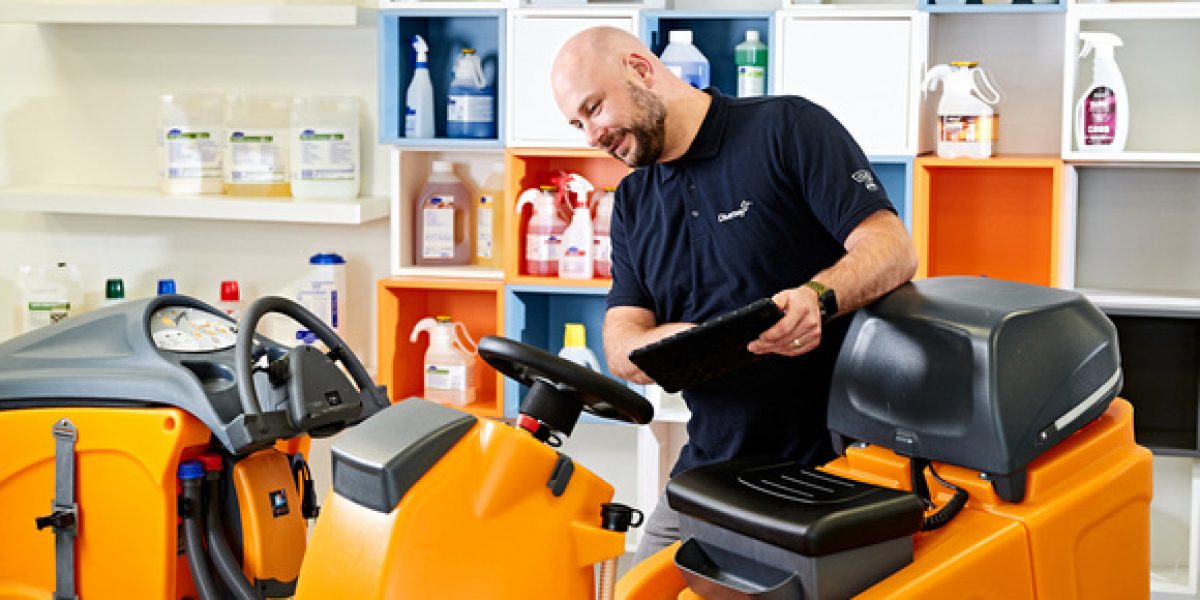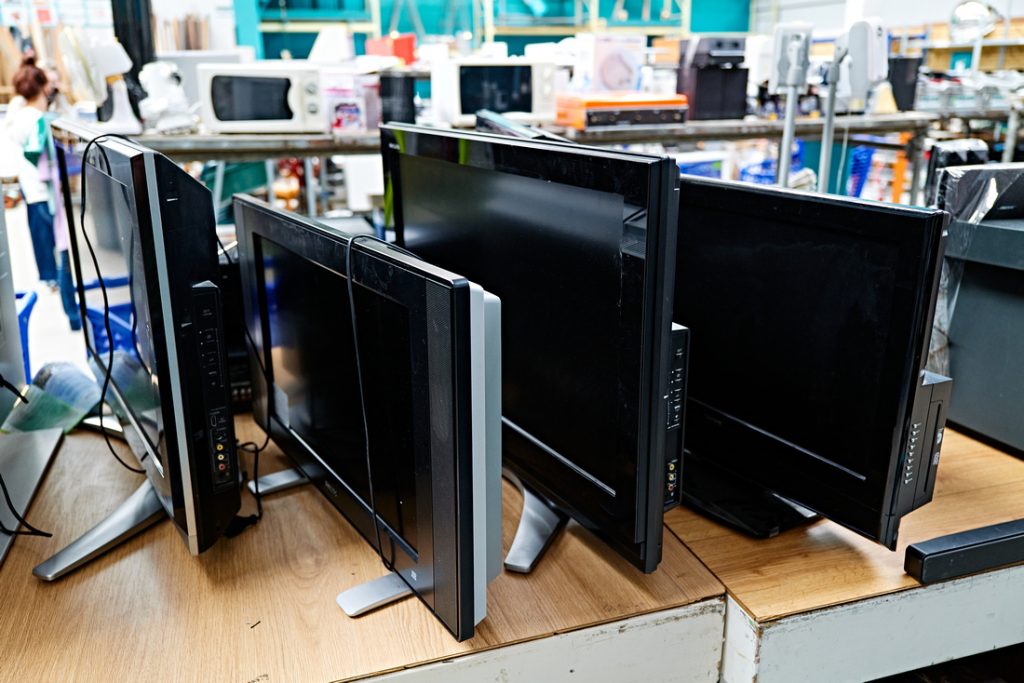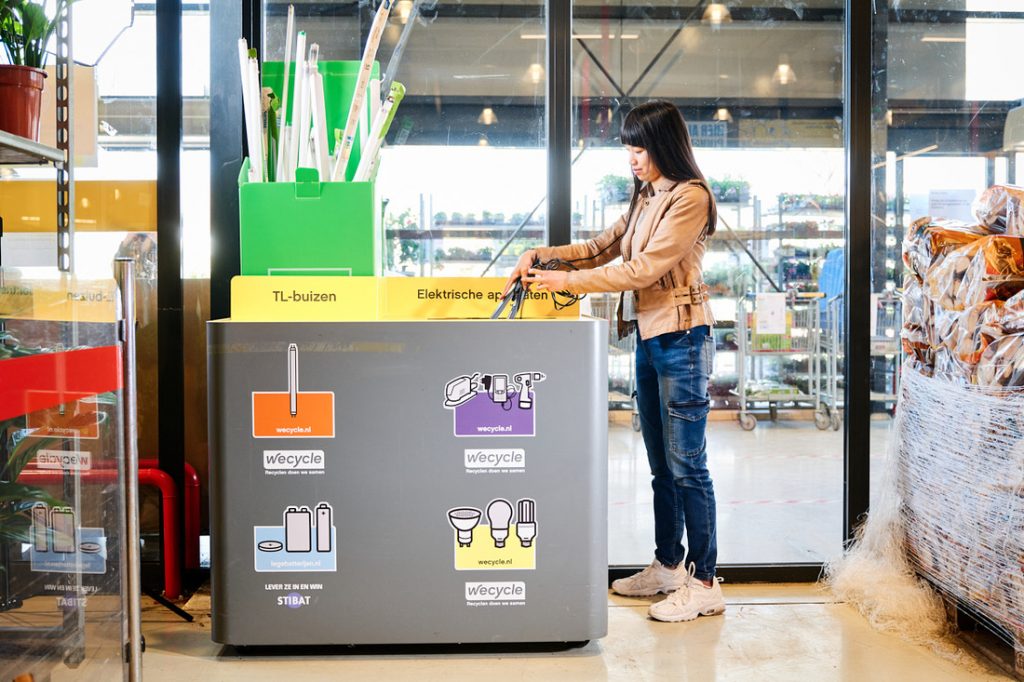Complying with regulations around electrical appliances


Section 10 of the WEEE Management Regulations states that at least 65% of the average weight quantity of electrical and electronic equipment put on the Dutch market in the preceding three years must be collected and processed. This producer responsibility is performed by joining the OPEN Foundation.

Joining the OPEN Foundation must be done by the producer or importer who places an appliance on the Dutch market for the first time. You join and state how many appliances (in numbers and kilograms) are brought onto the market. The OPEN Foundation -with all its partners- takes care of the collection and processing at the moment that appliances are discarded. On this page you can read when you, as producer and/or importer, are responsible, which appliances fall within the scope of the WEEE-regulation and much more.
Producer responsibility?
To find out if you have to comply with producer responsibility, you must answer one of the questions below with “Yes”:
- Are you located in the Netherlands and do you produce, or have designed, electrical appliances that you place on the Dutch market?
- Are you established in the Netherlands and do you resell electrical appliances produced by someone who is not designated as a producer?
- Do you buy electrical appliances abroad and sell them on the Dutch market?
- Are you established abroad and do you sell electrical appliances directly to Dutch consumers or end users?
Feel free to call us if in doubt, or see the Waste Electrical and Electronic Equipment Regulations here.

What is covered by the WEEE Regulations?
It is good to know that almost all products with electricity in them are covered by the WEEE Regulations, so all devices with a plug or place for a battery and also devices that work on the transfer of electricity. Think of a bank card, but also switches, dimmers etc. Also products with an electrical function that is not related to the primary function of the product, such as teddy bears with sound, shoes with integrated lights, desks with integrated adjustment function, products with a chip and e-bikes.
There are also exceptions. Equipment for the protection of the security of EU member states, think weapons. Large appliances designed to leave the atmosphere, large non-movable industrial tools, large fixed installations, means of transport for persons or goods (except the e-bike), medical devices that are implantable or expected to be infectious before the end of their service life are not covered by the WEEE Regulations.
Electrical component or whole device?
Sometimes only the removable electrical or electronic element of a product qualifies as an appliance and not the total product. This is if this electrical or electronic element is removable and replaceable from a product that functions both electrically and non-electrically. Thus, the product will still function after the electrical element is removed. An element is considered removable and replaceable if it can be removed by the user in a simple manner (i.e. manually or with standard tools) without damaging the product in which the electronics are incorporated.
If the above applies to your product, then you only need to specify the electrical element. If the above does not apply, then you must declare the entire device.
What are your obligations as a producer?
- Provide information to the OPEN Foundation for registration in the National (W)EEE Register;
- (usually) Annual statement of the imported or produced electrical and electronic appliances and energy-efficient lamps and luminaires (numbers and weights) that you place on the Dutch market;
- You label the electrical appliances with the WEEE symbol and provide clear instructions on what type of battery or accumulator is in the electrical appliance and how to remove it.
We take care of the registration with and reporting to the National (W)EEE Register and the collection, processing including financing of all types of e-waste according to the mandatory standards. In addition, the OPEN Foundation represents all producers of electrical appliances in public debate and the political process. The goal is to reach the collection target and to make the e-waste sector more circular.



